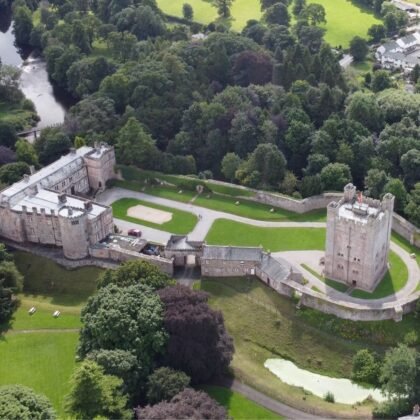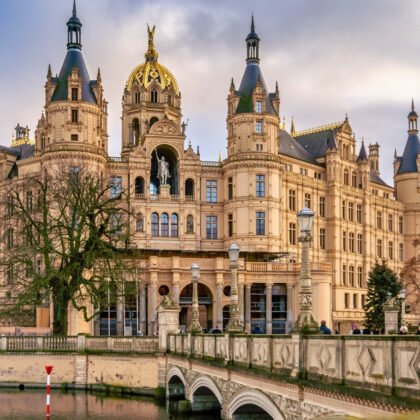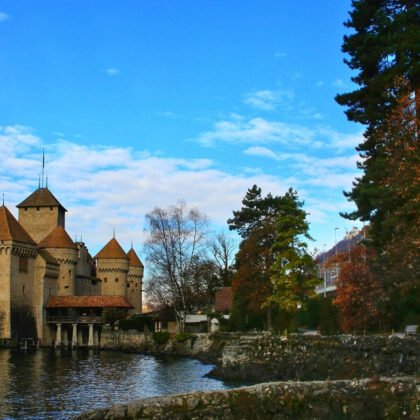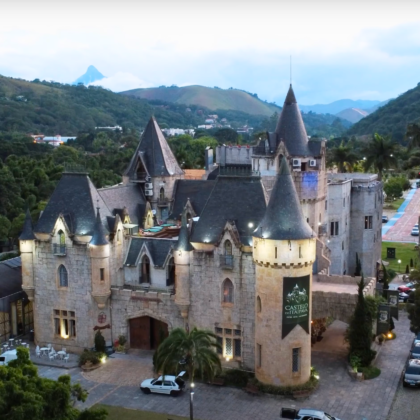Step through the Meridian Gate and the city’s hum slips away into a world of vermilion walls, gilded roofs, and ritual precision. For five centuries, the Forbidden City was the beating heart of imperial China—part palace, part power theater. Today, its courtyards and carved marble balustrades invite you to wander a living chronicle of ceremony, intrigue, and dynastic change.
Quick Facts
📍 Location: Beijing, Beijing Municipality, China
🏗️ Construction Period: 1406–1420
🏰 Architectural Style: Ming–Qing Chinese palatial architecture with axial symmetry; timber halls with yellow-glazed tiles; Qing-era Tibetan Buddhist elements
🎭 Famous For: Seat of Chinese imperial power for 500 years; grand ceremonial halls like the Hall of Supreme Harmony; monumental walls and moat; pivotal events from Ming–Qing transition to Puyi’s abdication; world-class Palace Museum collections
👑 Notable Figures: Yongle Emperor, Kangxi Emperor, Empress Dowager Cixi, Puyi (the Last Emperor)
🏆 UNESCO Status: Yes – 1987, Imperial Palaces of the Ming and Qing Dynasties in Beijing and Shenyang (extended 2004)
🌐 Official Website: https://intl.dpm.org.cn/index.html?l=en
Map
Historical Context
Commissioned by the Ming dynasty’s Yongle Emperor, the Forbidden City rose between 1406 and 1420 as a meticulously ordered capital aligned to cosmic principles. From its throne rooms unfurled edicts, coronations, and strategies that steered an empire—among them the Kangxi Emperor’s moves against the Revolt of the Three Feudatories. The palace witnessed the Ming fall and Qing ascendance, the formidable regency of Empress Dowager Cixi, and, in 1912, Puyi’s abdication that ended imperial rule. Reborn as the Palace Museum in 1925, it now safeguards an immense trove of art and ritual objects. Inscribed by UNESCO, the complex stands as a rare intact blueprint of imperial ceremony, power, and urban design.
Gallery
Visiting Information
🗓️ Best Time to Visit: April, May, late September, and October
🗺️ Location Perks: Climb Jingshan Park just north for a sweeping rooftop panorama at sunset. Tiananmen Square, Beihai Park, and storied hutong lanes are moments away.
⏳ Estimated Visit Duration: Plan to spend 5–7 hours exploring the castle and its grounds.
💡 Visiting tips: Book tickets online with your passport and arrive early (or mid-afternoon) to skirt peak crowds. Wear comfortable shoes and consider the official audio guide or a small-group tour for context.















